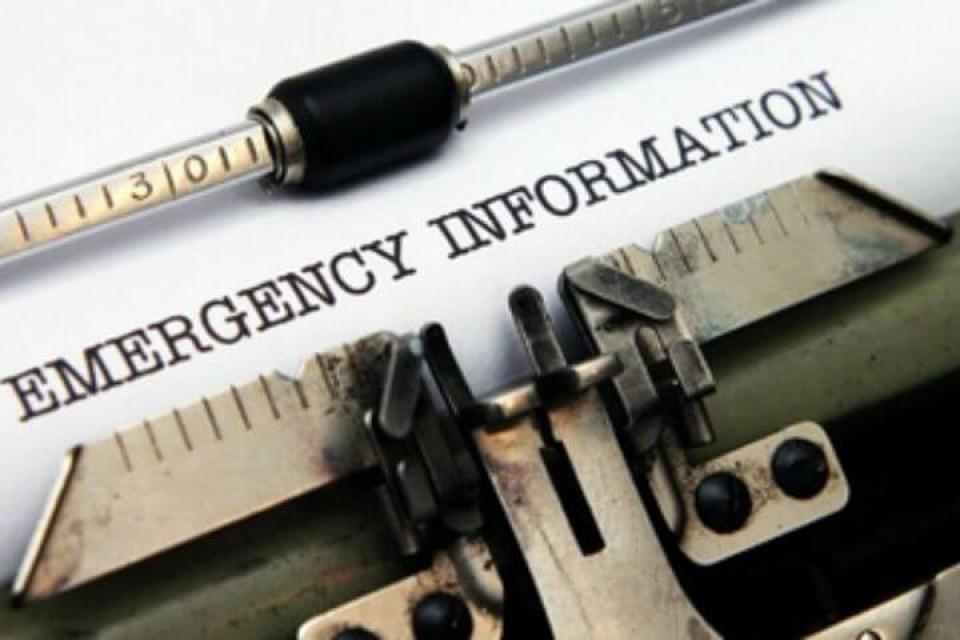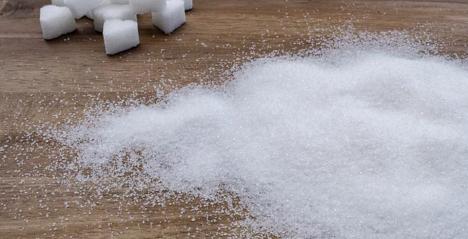Here are some rules to help you take control of an emergency dental situation direct from the experts at Smilefocus Dental Clinic
- Stay Calm. This is the first rule because it is the most important, in any emergency.
- Locate the tooth and check that there is no obvious damage to the root. The patient should lick the tooth clean (providing there is not too much trauma and blood). Alternatively wash the tooth in plain milk or salt water.
- If the tooth is a primary tooth (i.e. a child's ‘baby' tooth) DO NOT try to replace the tooth into the gum, as the pressure applied could damage the secondary tooth still situated in the gum. Leave the tooth in the plain milk or salt water to transport to the Dentist. If plain milk or salt water is not available, as a last resort place the tooth in plastic wrap, a wet towel or water.
- A secondary tooth should be replanted into the gum socket if at all possible. Hold the tooth in place either using finger pressure or by biting on a handkerchief.
- If it is too difficult to replant the tooth ask the patient to keep it under their tongue or inside their cheek. If this is not possible, place the tooth in plain milk or salt water. If none of these options are possible, a last resort is to place the tooth in plastic wrap, a wet towel or water.
- If the tooth has been fractured off rather than completely knocked out, try and find the fractured piece. Often this can be re-bonded. Place the piece in salt water or plain milk. Alternatively place the piece in tap water.
- Take the patient and the tooth to a Dentist as soon as possible - best if within one hour of the trauma.
In case of more serious injuries involving bone fractures to the face, the patient should be taken immediately to the hospital with a follow-up visit to the dentist later to check for tooth damage. Look for these signs and symptoms to determine the seriousness of the injury.
For lower jaw breakages there may be pain when swallowing or talking accompanied by swelling, tenderness and possibly facial bruising. Also check for irregular alignment of bottom teeth to upper teeth.
Cheekbone and upper jaw breakages can be indicated by nosebleeds, swelling and bruising of the face particularly around the eyes and possibly impaired vision. Treat all fractures by placing a cold compress over the area to help reduce swelling, bleeding and pain. If there is excessive bleeding apply firm direct pressure to the wound.
All parents should take note of these guidelines. It could save your child's teeth.
Brought To You By Expat Choice










